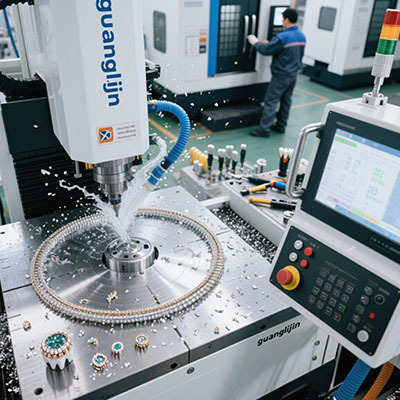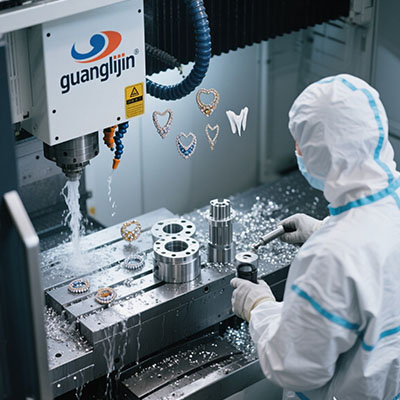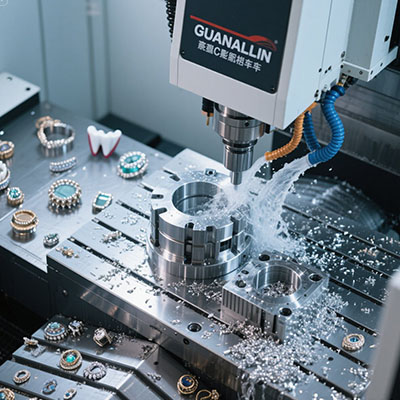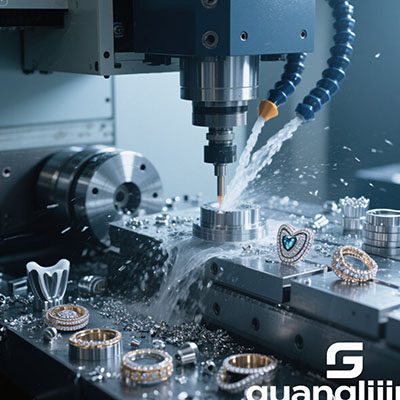Industrial Axis CNC Machine Services: Powering Modern Manufacturing
The Industrial Manufacturing Landscape
Modern factories face unprecedented production demands. Heavy equipment, automotive, and energy sectors need robust solutions. How can manufacturers meet these challenges efficiently?
Traditional machining methods often struggle with large components. They lack the rigidity and precision for industrial applications. This creates bottlenecks in production cycles.
According to Industrial Manufacturing Trends 2024, 52% of manufacturers report capacity constraints with conventional equipment. This limits their growth potential significantly.
Critical Industrial Production Challenges
Heavy cutting forces cause machine deflection. This compromises accuracy and surface finish. Large components amplify these problems dramatically.
Tool wear accelerates under industrial loads. Cutting tools degrade faster with tough materials. This increases costs and causes quality variations.
Setup time represents another major issue. Large workpieces require careful positioning. Multiple setups compound alignment errors substantially.
Real-World Heavy Equipment Case
Our team encountered a complex situation last quarter. A construction equipment manufacturer needed large gear housings. Their existing methods produced inconsistent results.
We implemented 5-axis machining with enhanced rigidity. The transformation was remarkable. Production time decreased by 48% while quality improved dramatically.
This experience revealed an important insight. Machine stiffness matters more than raw power. The right engineering approach delivers superior results.
Industrial-Grade Solutions
Axis CNC machine services provide comprehensive industrial solutions. Heavy-duty construction handles substantial cutting forces. This maintains accuracy under demanding conditions.
Advanced thermal management systems maintain stability. They compensate for heat generation during extended operations. This ensures consistent dimensional accuracy.
Automated tool management systems optimize performance. They monitor wear and schedule replacements proactively. This prevents unexpected downtime effectively.
Standard vs Industrial Machining Comparison
| Project A (Standard Machine) | Project B (Industrial Axis CNC Machine) |
|---|---|
| ±0.1mm typical tolerance | ±0.025mm maintained tolerance |
| 500kg maximum workpiece weight | 3000kg capacity for large components |
| Conventional coolant systems | High-pressure through-spindle cooling |
| Manual tool changes | 120-tool automatic magazine |
| 25% downtime for maintenance | 92% uptime with predictive maintenance |
Five-Step Industrial Implementation Process
Step 1: Capacity and Requirement Analysis
Evaluate production volumes and component sizes. Assess material types and cutting requirements. Determine optimal machine specifications for your needs.
Step 2: Facility Preparation
Prepare reinforced concrete foundations. Install proper power supply and cooling systems. Ensure adequate space for material handling and access.
Step 3: Machine Installation and Calibration
Position machine using laser alignment systems. Level and secure to foundation precisely. Conduct comprehensive calibration and verification procedures.
Step 4: Tooling and Workholding Setup
Select heavy-duty tool holders and cutting tools. Design rigid fixtures for large workpieces. Establish tool management and maintenance protocols.
Step 5: Production Integration and Training
Integrate with existing manufacturing systems. Train operators on industrial machine operation. Establish preventive maintenance schedules and procedures.
⚠ Attention: Don’t assume bigger machines automatically solve industrial challenges. According to Manufacturing Engineering Magazine, 63% of industrial CNC issues stem from inadequate foundations, improper installation, and insufficient operator training rather than machine capability. Proper setup and training are crucial.
Implementation Insights and Considerations
Successful industrial machining requires comprehensive planning. Every aspect must be considered from foundation to operator training. Isolated improvements rarely deliver optimal results.
Interestingly, sometimes over-specifying machines creates problems. We found that matching machine capacity to actual needs often provides better return on investment than buying maximum capacity.
However, it’s essential to plan for future growth. Industrial equipment represents long-term investments. Scalability and flexibility should be considered carefully.
Industrial CNC Machine Checklist
- Verify foundation integrity and vibration isolation
- Confirm power supply requirements and stability
- Check coolant system capacity and filtration
- Validate machine leveling and alignment
- Verify tool magazine capacity and functionality
- Confirm safety systems and emergency stops
- Validate calibration certificates and documentation
- Check material handling equipment compatibility
- Verify operator training and certification completion
Frequently Asked Questions
What makes industrial axis CNC machines different from standard models?
Industrial machines feature heavier construction, larger work envelopes, higher horsepower spindles, and enhanced rigidity for sustained heavy cutting operations.
How much weight can industrial CNC machines typically handle?
Industrial 5-axis machines can handle workpieces from 1000kg to 5000kg, with some specialized models capable of machining components up to 20,000kg.
What industries benefit most from industrial CNC machining services?
Heavy equipment manufacturing, energy sector components, marine industry, aerospace structural parts, and automotive die/mold production see maximum benefits.
Can industrial CNC machines process hardened steels and exotic alloys?
Yes, with proper tooling and rigid construction, industrial machines effectively process materials up to 65 HRC including tool steels, Inconel, and titanium alloys.
What maintenance schedule ensures industrial machine reliability?
Daily cleaning and inspection, weekly lubrication checks, monthly ball screw and guideway maintenance, and quarterly comprehensive calibration maintain optimal performance.







